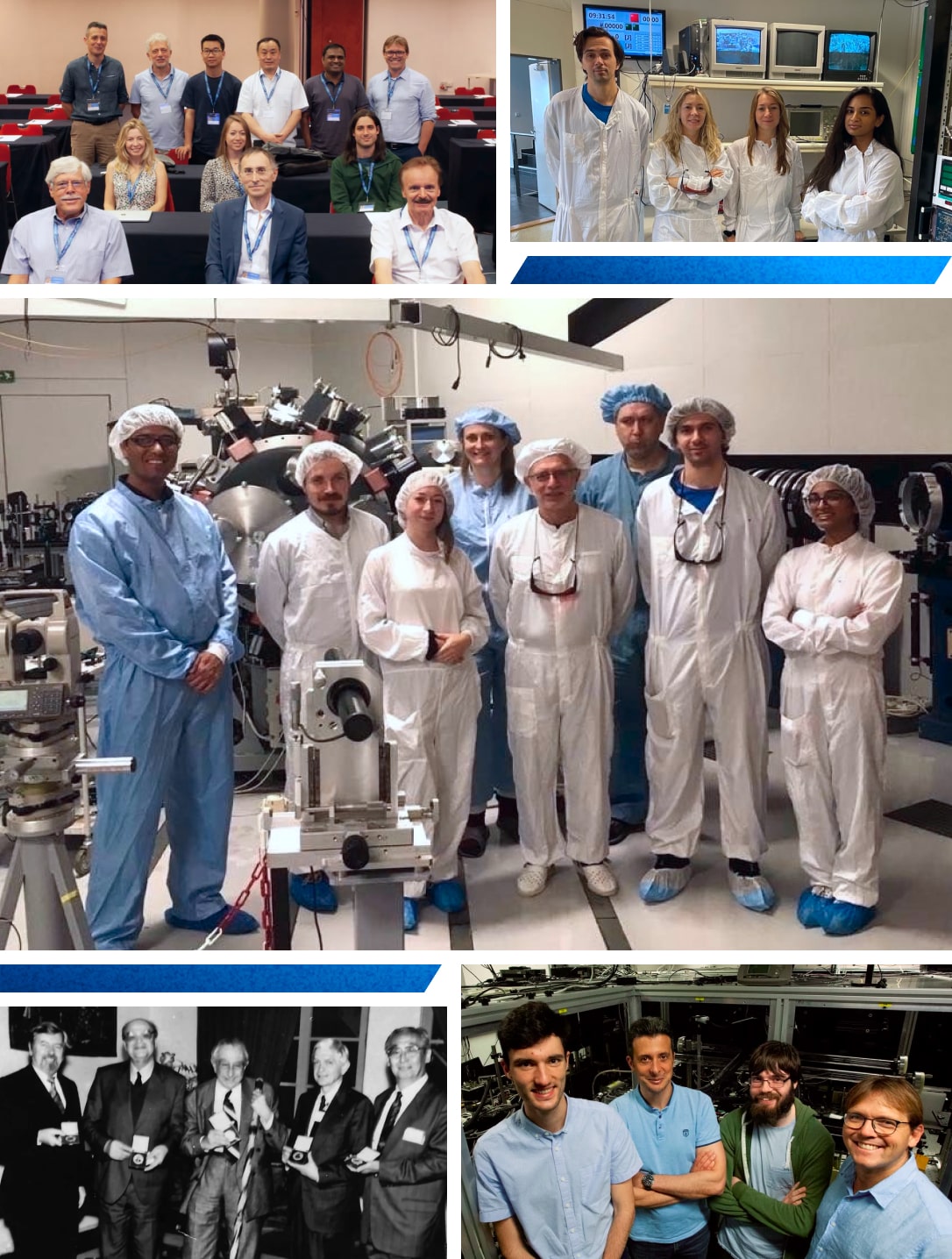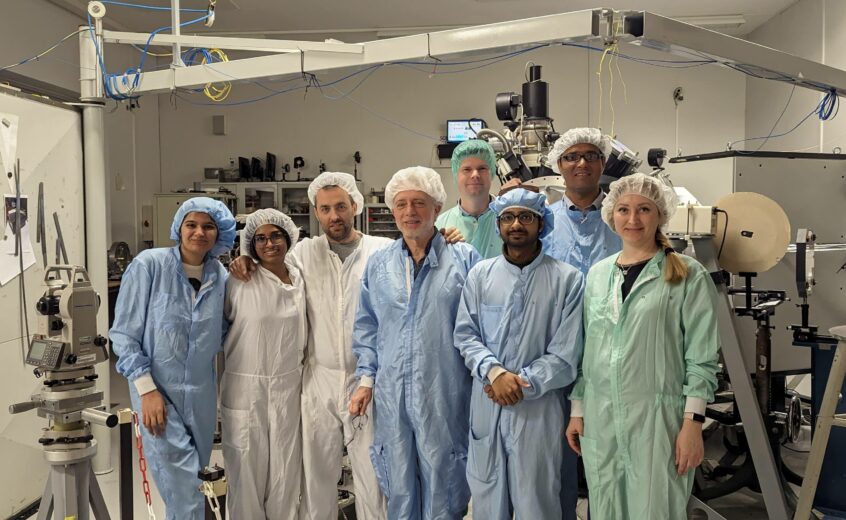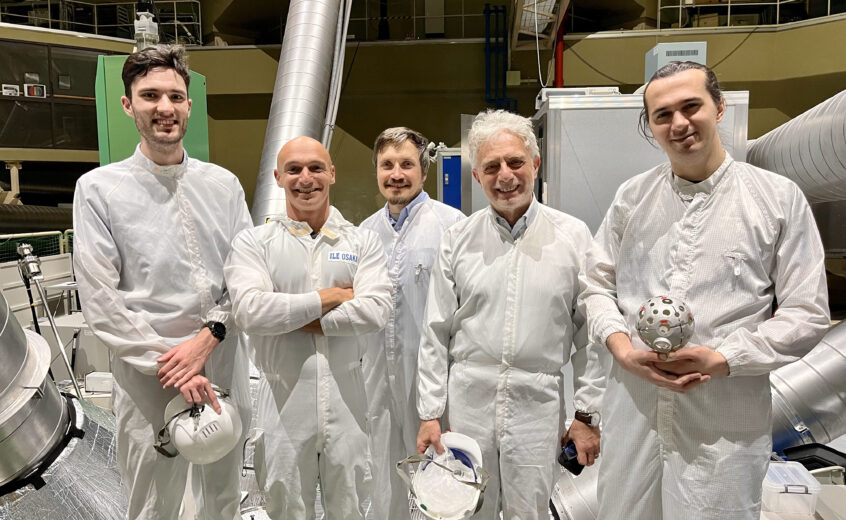Boron is safe, plentiful and non-radioactive. As a fusion fuel, Boron is incredibly energy-dense and boasts dramatically lower environmental impact compared to fossil fuels, nuclear, solar, or wind.
Our approach – Proton Fast Ignition – reduces to achievable levels the heat and energy requirements needed to initiate fusion. Using fuel pellets the size of a pea, pulsed once per second, our laser-Boron power plant will generate electricity using a conventional steam cycle.

